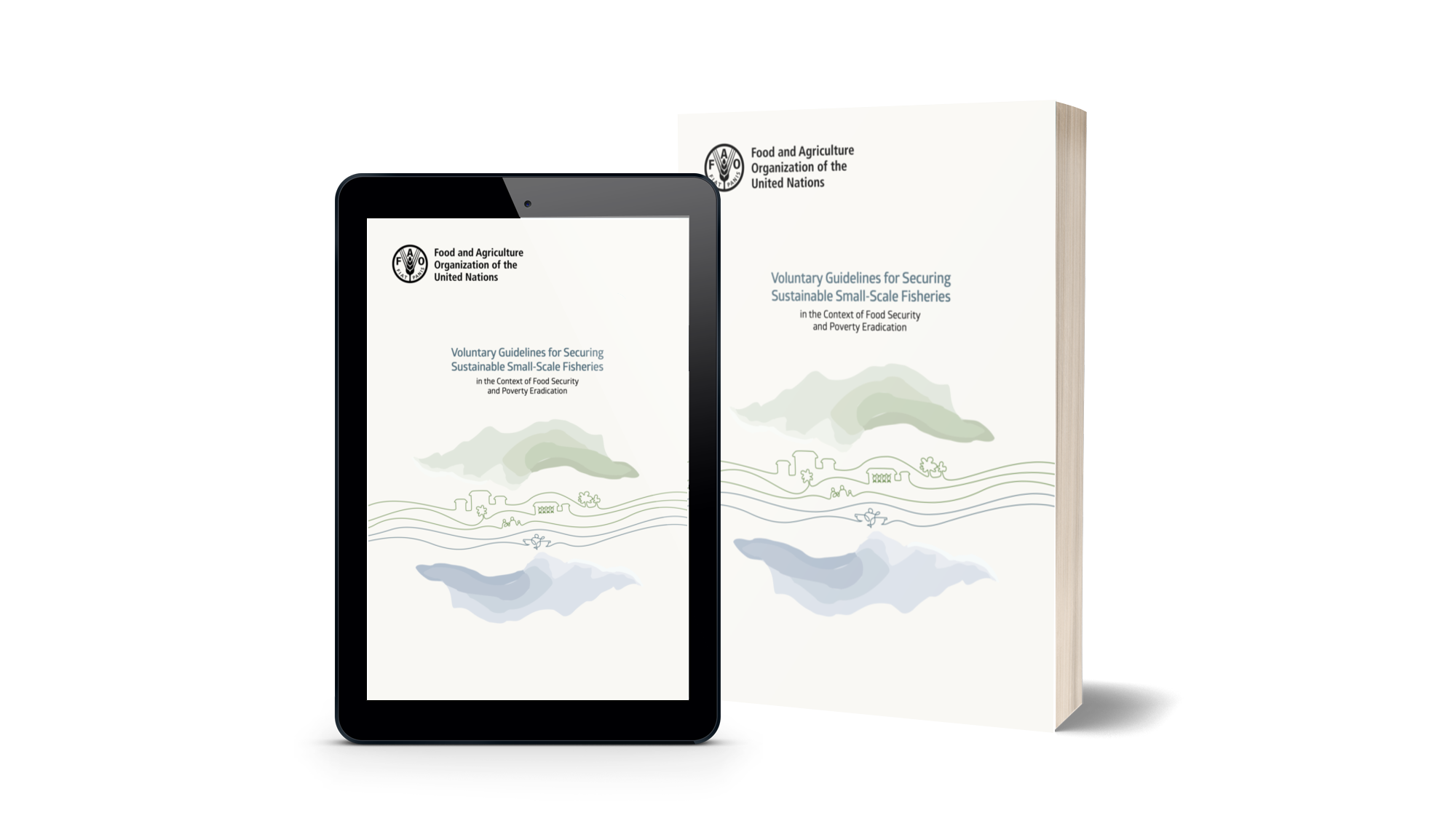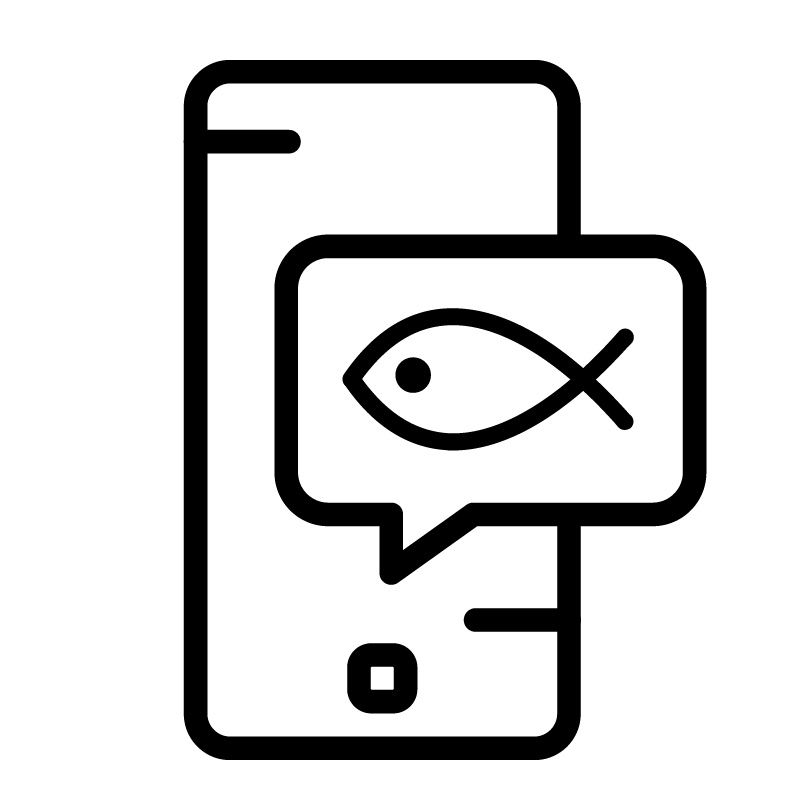Development
During Stage 2 of the development process, NPOA-SSF Development, the detailed NPOA-SSF document will be drafted.
The NPOA-SSF is a stand-alone document that provides a comprehensive description of what should be done, why, by whom and how. The core of the NPOA-SSF can be the result of a logical framework approach. This starts with clearly identifying the problems to be addressed by the NPOA-SSF and what the overall objectives should be. It sets out what the main activities should be, and how the outputs will lead to positive outcomes for small-scale fisheries. It ensures that the NPOA-SSF activities will deliver the outputs and the the outcomes needed to realize the NPOA-SSF objectives, and sets out a clear structure for monitoring , evaluation, accountability and learning.
The NPOA-SSF will be key reference document during implementation of the SSF Guidelines. The result of Stage 2 is collectively agreed, published, and publicly endorsed NPOA-SSF document.
Here you will find the steps, guidance and templates for Stage 2: NPOA-SSF Development.
This step kicks off the development process by launching the NPOA-SSF, making stakeholders aware of the NPOA-SSF, what will happen during the development process and how they can be involved.
Process
- 2.1.1 Plan the launch
- 2.1.2 Publicize the event
- 2.1.3 Hold the event
- 2.1.4 Continue raising-awareness
Output(s)
- NPOA-SSF development launch event
- Other NPOA-SSF awareness-raising activities
This step develops an intervention logic for the NPOA-SSF. It starts with clearly identifying the problems to be addressed by the NPOA-SSF and therefore what the overall objectives should be.
The intervention logic process then sets out what the main activities might be, and how the outputs will lead to positive outcomes for small-scale fisheries.
Holding a workshop for this purpose enables many stakeholders to contribute directly.
Process
- 2.2.1 Develop the problem statement and establish the NPOA-SSF objectives
- 2.2.2 Develop the NPOA-SSF intervention logic
Output(s)
- Small-scale fisheries problem statement and NPOA-SSF objectives
- NPOA-SSF intervention logic
In this step, the NPOA-SSF intervention logic from Step 2-2 is shared with the National Platform and other stakeholders to ask their views.
Process
- 2.3.1 Plan the consultation
- 2.3.2 Undertake the consultation
- 2.3.3 Collate and review feedback
- 2.3.4 Document the consultation process
Output(s)
- A revised NPOA-SSF intervention logic
- Stakeholder consultation report (optional)
This step will develop a logframe for the NPOA-SSF.
It is based on the objective, outcomes, outputs and activities from the intervention logic (see Step 2-2), with any revisions resulting from the consultation. For the logframe, more detail is developed, including quantified targets and indicators for monitoring the NPOA-SSF’s progress.
Process
- 2.4.1 Develop the logframe
- 2.4.2 Develop the monitoring, evaluation, and learning framework
Output(s)
- NPOA-SSF logframe
- Monitoring, evaluation, and learning framework
This step will produce a draft of the NPOA-SSF document. The document will provide further details on the activities in the logframe (see Step 2-4), in particular on what will be done, by who and by when. It will also contain information from some of the earlier (Stage 1) steps, including a summary of the SSF profile (Step 1-2), governance review and gap analysis (Step 1-4) and NPOA-SSF rationale (Step 1-5).
Process
- 2.5.1 Draft the NPOA-SSF
Output(s)
- A draft NPOA-SSF for validation and approval in Step 2-6
The draft NPOA-SSF is presented to the National Platform members and small-scale fisheries stakeholders, their feedback reviewed and the draft amended accordingly.
Process
- As in Step 2-3: Stakeholder Consultation
Output(s)
- Revised draft NPOA-SSF
- Consultation report on NPOA-SSF
The final step in the development of the NPOA-SSF is to validate the plan and publish the document, which is then ready to be implemented in Stage 3.
Process
- 2.7.1 Finalize the NPOA-SSF
- 2.7.2 Endorse the NPOA-SSF
- 2.7.3 Publish the NPOA-SSF
- 2.7.4 Launch the NPOA-SSF
Output(s)
- A published NPOA-SSF
Case study: promoting participation throughout the NPOA-SSF development process.
The small-scale fisheries subsector in Namibia showcases a wide diversity of fisheries, fishing methods and fishing areas, each of them confronting different challenges and requiring different approaches and interventions to overcome them. Because of this fact and aligned with the recommendations set out in the NPOA-SSF Toolkit, the National Small-Scale Fisheries Task Force (SSF-NTF) that guided and facilitated the NPOA-SSF development process in Namibia strived to make it as participatory as possible.
With this in mind, stakeholder consultations were conducted across the 14 regions of Namibia. These were attended by over 390 small-scale fisheries stakeholders and beneficiary groups who provided valuable inputs that informed the profile and characterization of the subsector, as well as how the development process should be conducted and what key issues were to be tackled.
Excerpts from Republic of Namibia. Ministry of Fisheries and Marine Resources. 2022. National Plan of Action for Small-Scale Fisheries 2022-2026. Windhoek.
Relevant consultation resources

Category 3
Lorem ipsum dolor sit amet, consectetur adipiscing elit, sed do eiusmod tempor incididunt ut labore et dolore magna aliqua. Ut enim ad minim veniam, quis nostrud exercitation ullamco

NPOA-SSF Tanzania
The United Republic of Tanzania has prepared a National Plan of action (NPoA) to ensure the effective implementation of the FAO Voluntary Guidelines for Securing Sustainable Small-Scale Fisheries in the Context of Food ...

NPOA-SSF flyer
This flyer brings an overview about the National Plan of Action for Small-scale Fisheries (NPOA-SSF), which is a systematic approach to the implementation of the Voluntary Guidelines for Securing Sustainable Small-Scale Fisheries in the Context of Food Security and Poverty Eradication (SSF Guidelines) at the national level, presenting the definitions, stages of implementation and FAO's support in the development of National Plans of Action for Small-scale Fisheries.
Explore the other stages
Contact

